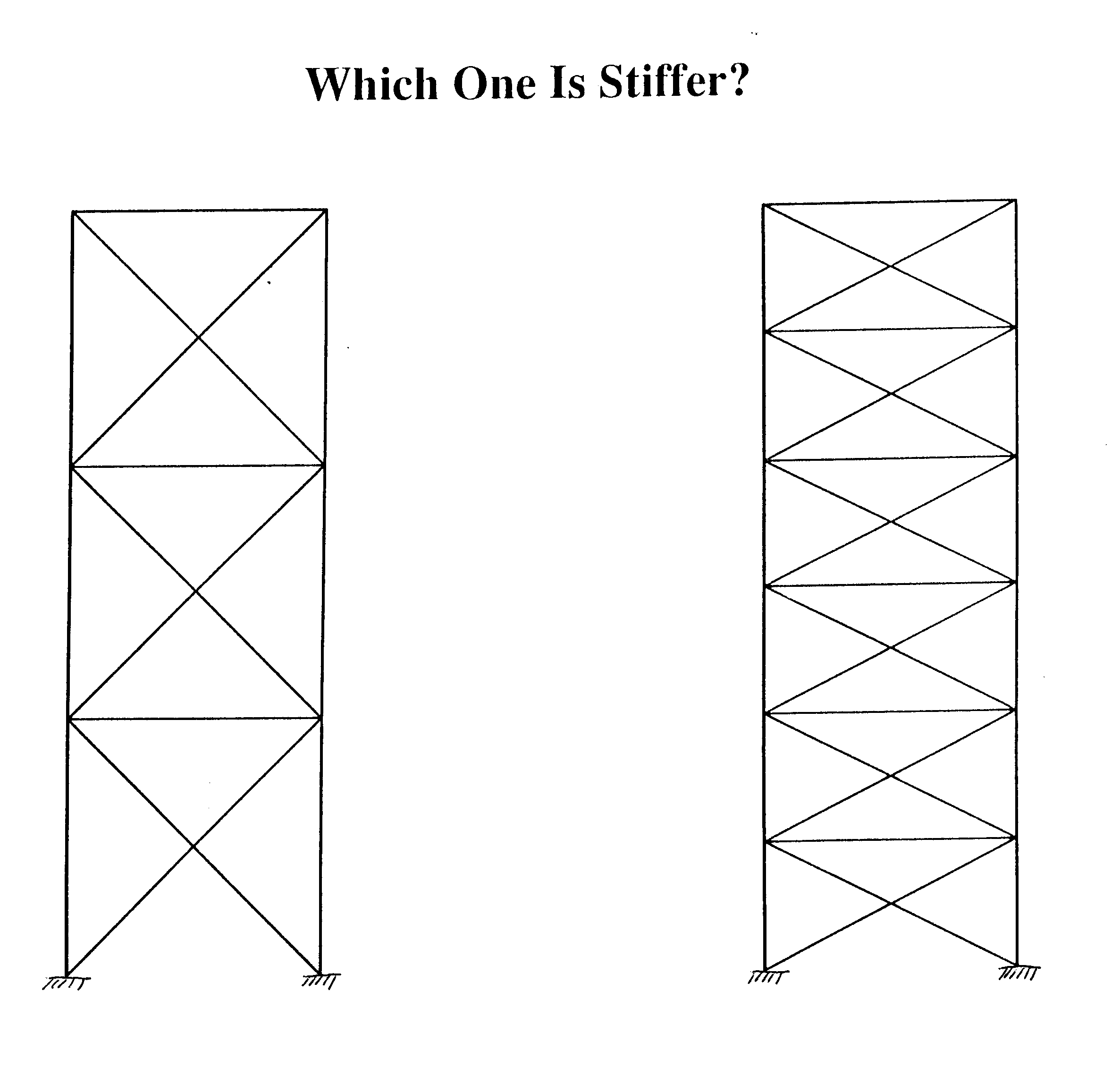
Meeting Report: 25 November 1998
THE RESPONSE OF STRUCTURES TO DYNAMIC CROWD LOADS
An informal discussion on ‘The response of structures to dynamic crowd loads’ was held at the Institution of Civil Engineers in London on 25 November 1998. The meeting was chaired by Edmund Booth and the speakers were Brian Ellis of BRE and Tianjian Ji of UMIST. The meeting attracted an audience of 70 and generated a lively discussion.
Dr. Ellis started with a review of the background to current understanding and the development of design practice on structural response to dynamic crowd loads. The structures sensitive to dynamic crowd loads include cantilevered grandstands and floors used for pop concerts. A short video was shown in which significant vibrations of a large stand were generated by a small group of people jumping at the structural frequency, and this also showed the lack of co-ordination between individuals in the group even when there was a clear beat to follow. Dr Ellis then considered the dynamic loading requirements in BS 6399 Loading for Buildings (1996) which is concerned with rhythmic loading at pop concerts, and those in the Guide to Safety at Sports Grounds (the Green Guide, 1997) which introduces new requirements for non-rhythmic loading at all sports events. Mention was also made of the draft European standard prN 13200-1 "Spectator Facilities - Part 1: Layout Criteria for Spectator Viewing Area".
Dr. Ellis then described an experiment concerned with the measurement of dynamic loads for crowds jumping (pogoing) at specific frequencies. This form of loading requires both an active audience and a strong musical beat and thus relates to lively pop concerts. It is concerned with the type of dance activity, the frequency of the action, the density of the load and the dynamic crowd effect. This last item describes the attenuation of the load due to the imperfect co-ordination of individuals in a group and requires experimental investigation. He showed the experiments organised with UMIST at BRE’s Cardington laboratory on a specially selected and calibrated area of floor on the steel framed building. Various groups of students, ranged in size from 2 through to 64, were jumping to a specific beat in response to music, and the vertical acceleration and displacement of the floor were monitored. The measurements indicated that the attenuation increased as the number of people increased and the attenuation was different for acceleration and displacement. He also mentioned tests on walking loads and human-structure interaction effects again looking at the different group sizes.
Dr. Ji’s talk focused on how to stiffen structures using bracing members to resist dynamic crowd loading and other loads. Dr. Ji began by asking a question to the audience about the stiffness of two frames. The two frames have the same dimensions, material and cross-section for all members, but different bracing arrangements (see the figure). About half of the audience judged that the first one was stiffer while the other half selected the second. The answer to the question was given at the end his talk (The left one is stiffer). Dr. Ji examined the importance of appropriate bracing systems through known accidents and practical situations. Then he demonstrated two engineering concepts that can be used to design stiffer structures. They are:
the shorter the force path between the loads and the structural supports, the stiffer the structure,
the more uniform the inner force distribution, the stiffer the structure.
He gave five simple criteria, based on the two concepts, for arranging bracing members for temporary grandstands. Numerical examples and experiments were provided to demonstrate the efficiency of these criteria. Further applications of the criteria were shown relating to tall buildings, scaffolding structures and permanent grandstands. Two demonstration models were also displayed to allow attendees to feel the stiffness of the models which adopted different bracing criteria.
Further information is available in the following references for those who wish to read about the above topics.
B R Ellis and T Ji. "Human-structure interaction in vertical vibrations." Proc. Instn. Civ. Engrs. Structs & Bldgs. 122, pp 1-9, Feb.1997.
T Ji and B R Ellis. "Effective bracing systems for temporary grandstands". Structural Engineer, Vol. 75, No 6, pp 95-100, March 1997. Discussion, The Structural Engineer, Vol.75, No.22, pp.389-390, November 1997.
BRE Digest 426, "The response of structures to dynamic crowd loads". October 1997.
Tianjian Ji (UMIST)
